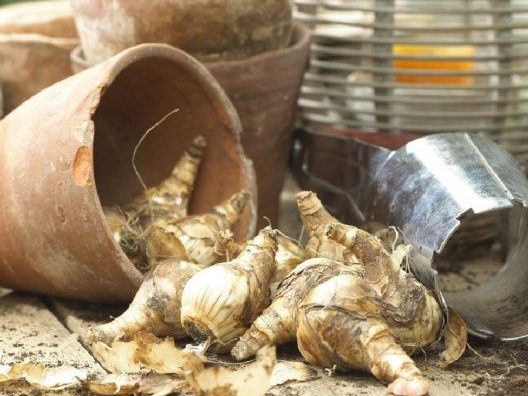Yes, you can.
The bulb experts in Holland have studied fall bulb planting in the US for decades, and they’re the experts. See the list below for dates they recommend, by region.

But yes, you can even plant into Dec. or Jan. in cold zones: Wait until after a killing frost, and then plant. Try to get them in before the ground freezes, but if you’re too busy, it can still be done.
You’ll just have to chip the frozen crust on the ground away and dig down to unfrozen earth to put them in. It’s not that hard; I’ve done it when I got busy with the holidays the years I lived in Vermont. One year, I planted tulips and daffodils in late December, and another, in early January, with snow on the ground! They always did just fine in spring, like all the ones I’d always planted in October of other years. (Yes, your hands will be cold and muddy when you’re done, but it’s worth it.) After all, if you don’t plant the bulbs you bought, they’ll be rotten in spring.
It’s simple if you live in a frost-free zone: That means South Florida, Southern California, or far South Texas. If you live there, you probably already know tulips are not for you. They require a freeze to bloom. But you can have great lilies, daffodils, irises and other bulbs, and plant them well into January. They’ll never know the difference.
The Dutch Experts’ Dates by region, for best planting of fall bulbs for spring bloom:
- Coldest Zones: (New England, Northern Midwest): From First killing frost thorough Mid-November.
- Central Midwest and Mountain West: From first killing frost through November
- Northern Pacific Coast: October until Dec. 1st
- Southern Pacific Coast: Mid-August into December (Tulips can be planted, but must be pre-cooled, and will grow as annuals.) Daffodils, Lilies, and Iris will do well.
- Southeast: If you have freezing weather, from first freeze until Mid-December. On Gulf Coast, avoid tulips due to lack of freezing. But lilies, iris, and daffodils are fine.